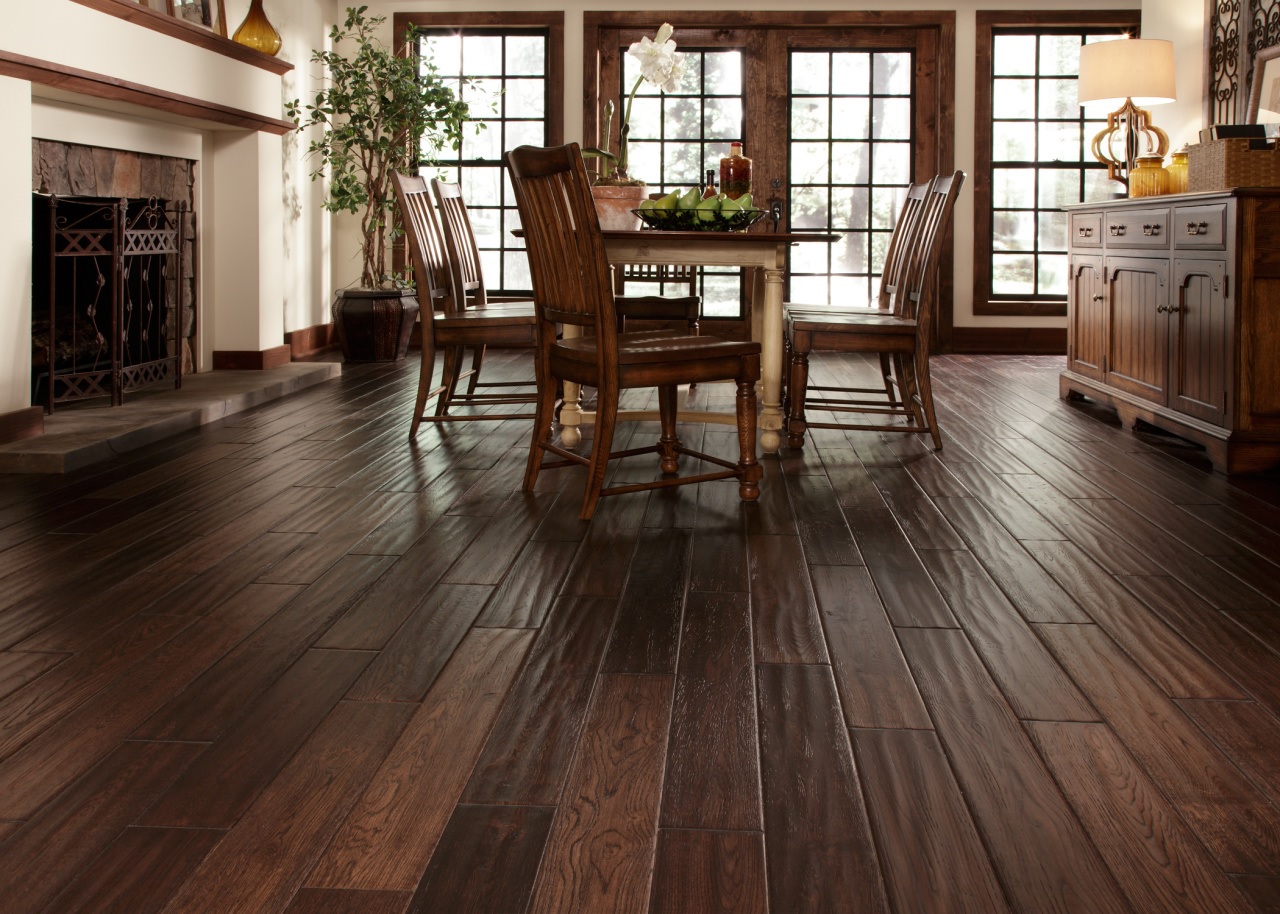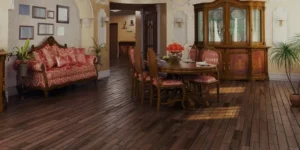
Hardwood is a popular choice for furniture, flooring, and construction, thanks to its durability, versatility, and timeless appeal. Its natural beauty and strength contribute to its enduring reputation as a premium material. Whether you’re renovating your home, crafting high-quality furniture, or choosing durable flooring, hardwood is always a reliable option.
This blog will explore the essentials of hardwood, including its types, benefits, applications, and care tips, to help you make informed decisions and fully appreciate its value.
What Is Hardwood?
Hardwood comes from deciduous trees, also known as broadleaf trees, like oak, maple, and walnut. These trees grow slower than softwood trees, making their wood denser and more durable. Hardwood is a natural, renewable resource and is often prized for its strength, grain patterns, and long-lasting beauty.
Unlike softwood, which comes from coniferous trees, hardwood is less prone to wear and tear. This makes it ideal for applications where resilience is key, such as flooring or premium furniture.
Types of Hardwood
Here are some of the most commonly used varieties and their features:
Oak
- Color and Grain: Oak comes in red and white varieties, known for their visible grain and warm tones.
- Durability: Extremely hard and resistant to wear, making it ideal for flooring.
- Uses: Flooring, cabinets, and decorative furniture.
Maple
- Color and Grain: Light-colored with a smooth texture and subtle grain.
- Durability: Dense and strong, highly resistant to scratches.
- Uses: Furniture, cabinetry, and musical instruments.
Walnut
- Color and Grain: Dark, rich tones with straight or wavy grains.
- Durability: Not as hard as oak or maple but still highly durable.
- Uses: High-end furniture and flooring.
Cherry
- Color and Grain: Reddish-brown hues that darken over time.
- Durability: Moderate hardness, less dense compared to oak and maple.
- Uses: Dining tables, cabinetry, and decorative pieces.
Mahogany
- Color and Grain: Deep red-brown color and straight, even grain.
- Durability: Strong but softer compared to oak.
- Uses: Luxury furniture, doors, and veneers.
Benefits of Using Hardwood
Hardwood’s enduring popularity can be attributed to several benefits, making it a desirable choice across industries and applications:
Durability and Longevity
Hardwood is built to last. Its dense structure resists wear, making it perfect for areas with heavy foot traffic or frequent use. Properly maintained hardwood furniture can last for decades, while hardwood flooring can endure for more than a century.
Timeless Aesthetic
Hardwood’s rich textures, warm tones, and varied grains bring natural beauty to any space. Over time, its color often deepens, adding elegance to your building or furniture.
Versatility
From sleek, modern designs to rustic, vintage aesthetics, hardwood complements virtually any interior or architectural style. Its adaptability extends to custom designs and fine finishes.
Sustainability
Unlike synthetic materials, hardwood is an eco-friendly choice when sourced responsibly. Many hardwood suppliers follow strict guidelines for regeneration, ensuring forests are preserved for future generations.
High Return on Investment
Hardwood is not just a beautiful material; it’s also a cost-effective choice due to its longevity. It enhances property value significantly when used in homes or buildings.
Common Applications of Hardwood
Hardwood is utilized in a wide variety of industries, serving both functional and decorative purposes:
Flooring
Hardwood flooring is celebrated for its durability and luxurious look. Options like oak, maple, and cherry are frequently used for their strength and aesthetic appeal.
Furniture
From dining tables to shelter beds, hardwood forms the backbone of durable, stylish furniture. Its versatile grain and ability to hold stains and finishes make it a top choice for designers and craftsmen.
Cabinets
Hardwoods like walnut, cherry, and maple are often chosen for kitchen and bathroom cabinets due to their resistance to wear and warping.
Musical Instruments
Woods like mahogany and maple are prized for their tonal qualities and aesthetic appeal in crafting instruments such as violins, guitars, and pianos.
How to Care for Hardwood
To maintain the beauty and longevity of hardwood, proper care and maintenance are essential. Here are a few tips to keep your hardwood furniture or flooring in great shape:
Regular Cleaning
- Dust and sweep regularly to prevent scratches and debris buildup.
- Use a damp, not wet, cloth or mop for cleaning, avoiding excess water.
Protect Against Wear
- Place rugs or mats in high-traffic areas to reduce direct wear on the hardwood.
- Use furniture pads under heavy items to prevent dents or scratches.
Avoid Direct Sunlight
Prolonged exposure to sunlight can fade and discolor hardwood. Use curtains, blinds, or UV-protective window films for protection.
Refinish When Necessary
Refinishing can restore worn hardwood to its original beauty. This process involves sanding, staining, and sealing the surface.
Choosing the Right Hardwood for Your Needs
When selecting hardwood, consider factors such as intended use, budget, and personal preference. If you’re unsure where to start, consult with a professional to guide your decision based on your requirements.
Remember, every type of hardwood offers its unique benefits, so there’s no one-size-fits-all option. Consider investing in sustainably sourced hardwood to support eco-friendly practices.
